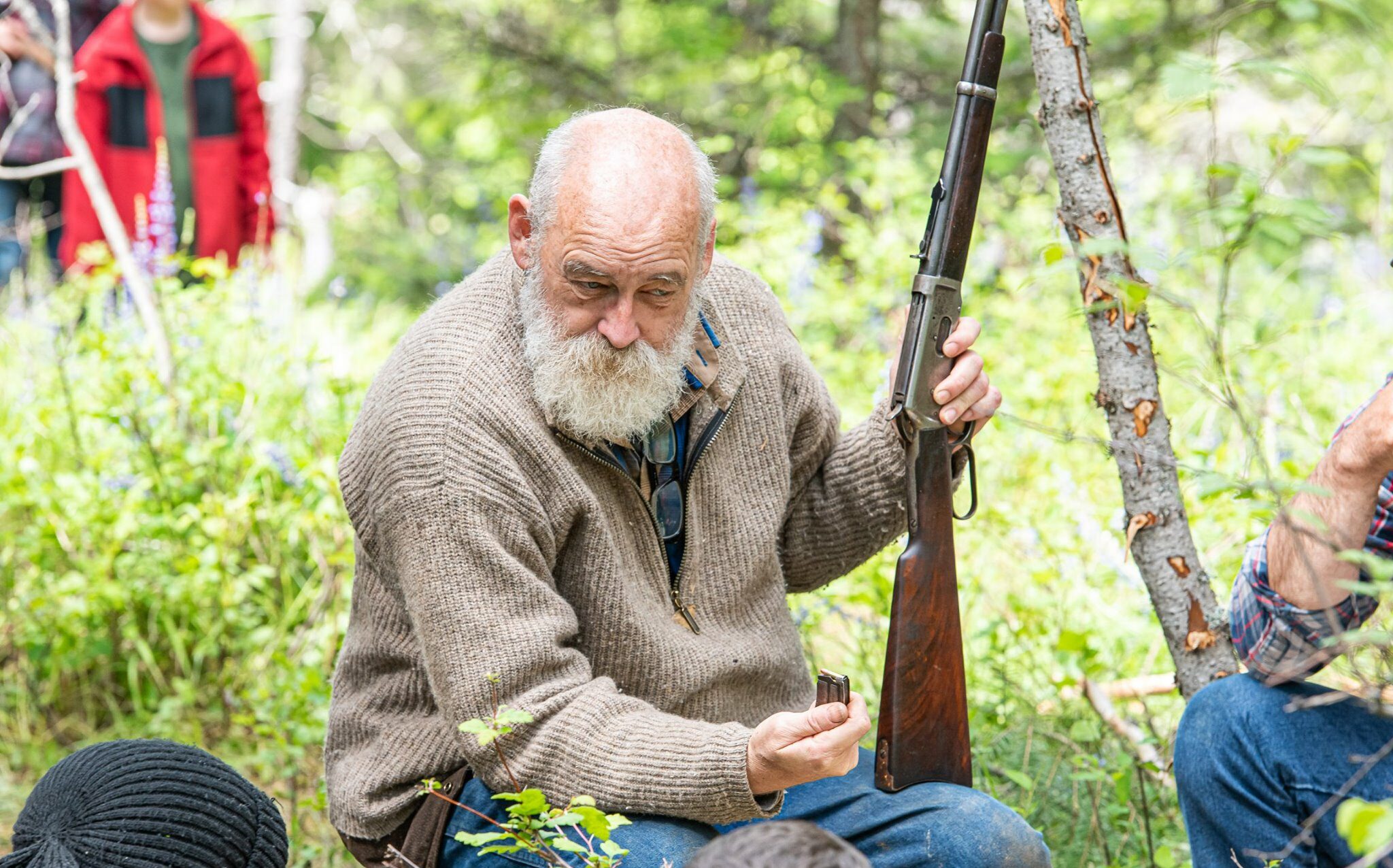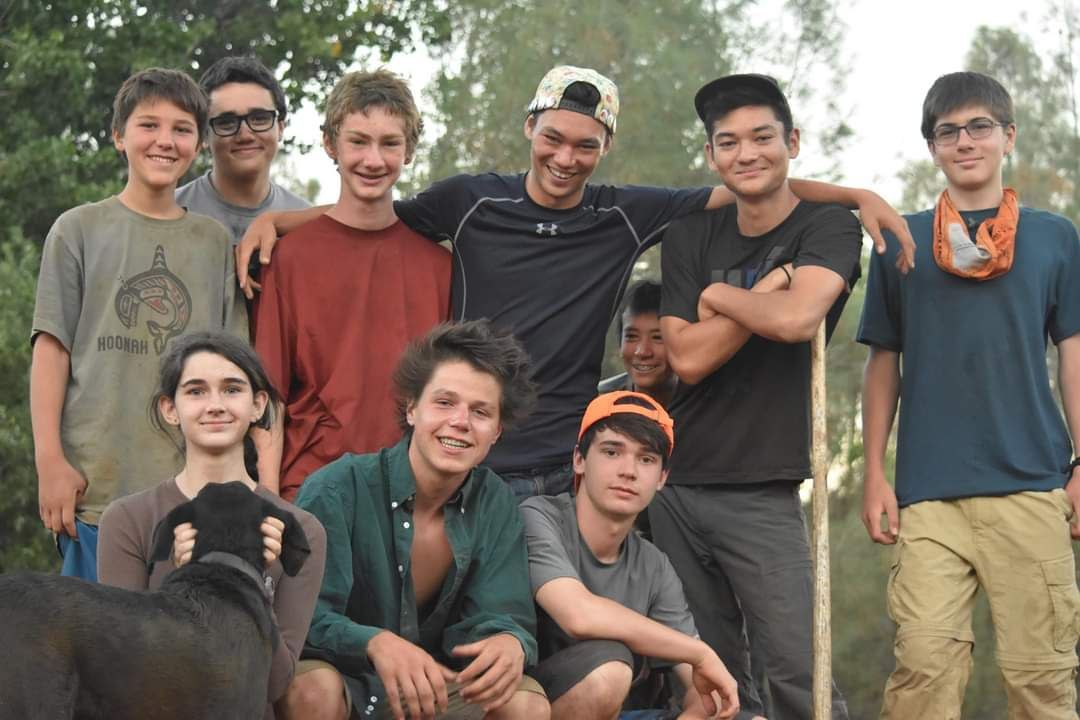Greatest Generation 2.0 – Column by Brian D. King
There are four frequently asked questions (FAQ) that parents present to me when discussing firearms for their child:
- What age is appropriate to buy my son or daughter their first gun?
- What should be the first rifle I buy my son or daughter?
- What should be the second rifle I buy my son or daughter?
- What should I get my son or daughter as their first hunting rifle?
To start with, the first question a parent really should ask themselves is “am I ready to commit to being responsible for my son or daughter to move from toys and play to living the responsibility of having this tool that can seriously harm or kill if mishandled?”
To answer the first FAQ directly, age is a poor determination as to when a young person is ready to have a gun. Here is my criteria for you to reflect on:
- Does your son or daughter follow instructions?
- Can your son or daughter be trusted to follow the Golden Rule, 100 percent of the time, supervised or not?
- Is your son or daughter strong enough to control the rifle?
You may notice the first question referred to a gun, but my response talks about rifles. That is because it is not appropriate to have a person of any age to have use of a handgun until they are skilled and disciplined with a long gun. A mentor can stop an unsafe action much more easily with a long gun than a handgun.
Okay, let’s move on to the second FAQ. The objective of the first rifle is to develop not only the skills of a safe and competent marksman, but ingrain these as habits. This requires a lot of regular and mindful practice. You can’t be worried about the cost of ammo each time your son or daughter squeezes the trigger. Therefore, I believe the first rifle should be chambered .22 LR.
A rimfire cartage (i.e. the primer is a part of the brass shell and can not be replaced) is the most inexpensive ammo. Bulk .22 LR ammo is listed today at less than 10 cents per round (cartridge). The next cheapest ammo is .22 Win Magnum, but is four times the cost of the .22 LR ammo. 5.56x45mm NATO (.223 Win), the most common ammo chambered in the AR-15, is the cost-effective centerfire ammo (the primer is separate from the case in the center of the head) and is listed at 90 cents per round on average.
The other advantage of the .22 LR is that a young shooter will feel little or no recoil (i.e., the push against the shoulder). Even the recoil of the .223 can scare the first time shooter and develop a flinch each time the trigger is pulled or even negatively effect the desire to shoot again.
So, I am going to pick a rifle chambered in .22 LR for a child’s first gun, now to decide on an action. I always start my students with a bolt action rifle. It slows the student down to think about the six steps in shooting and it provides additional safety for a new shooter. The shooter must chamber and cock the gun each time, as opposed to a semi-auto where the mechanics of the gun does those two steps automatically, and the gun must be cleared before it is empty.
Some companies sell a bolt action .22 LR that are small and light enough for little shooters. There are also quality bolt action rifles that will get passed down through the generations and be your go-to-gun for shooting ground squirrels and bothersome racoons, or even putting down livestock when injured or to butcher. Many of my guns have come and gone, but my first bolt action .22 LR was passed down to me and is always handy.
I will cover the third and fourth FAQ about the second rifle and first hunting rifle in next month’s column.







